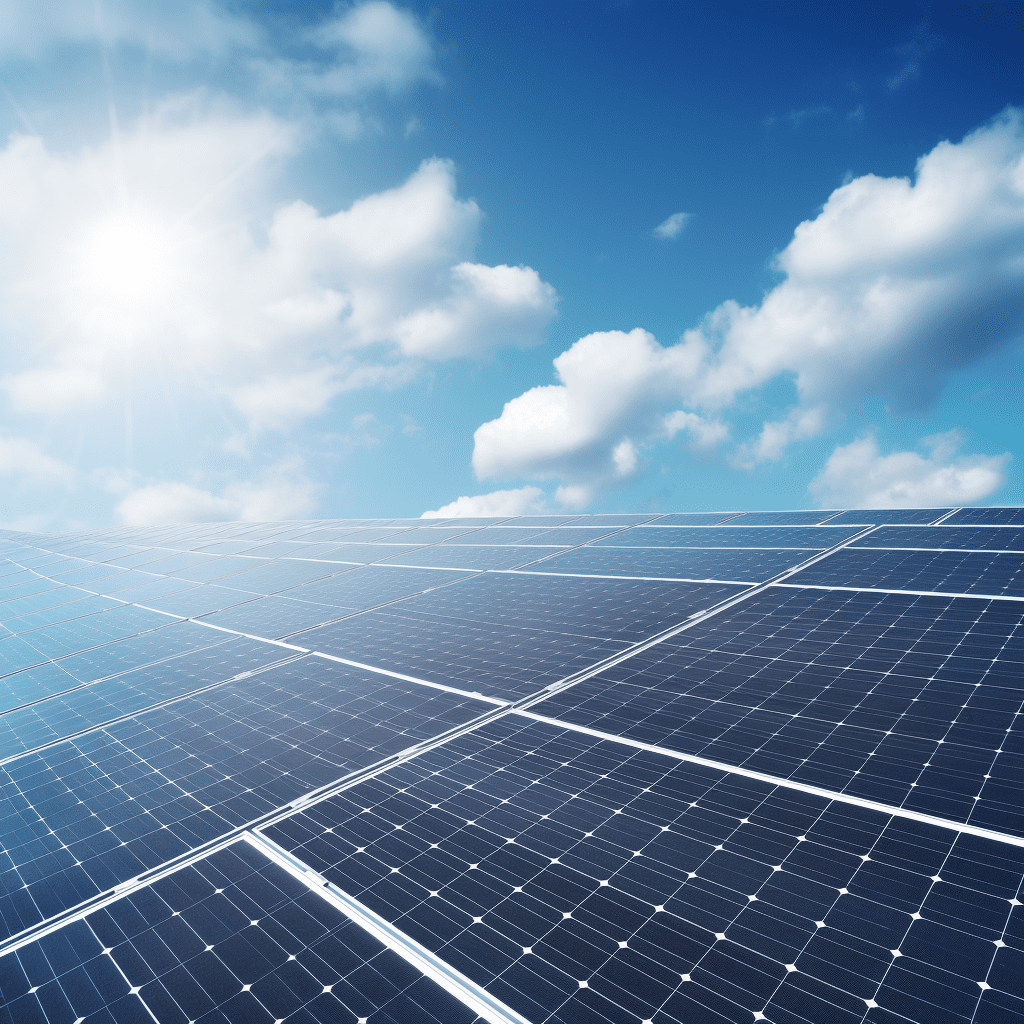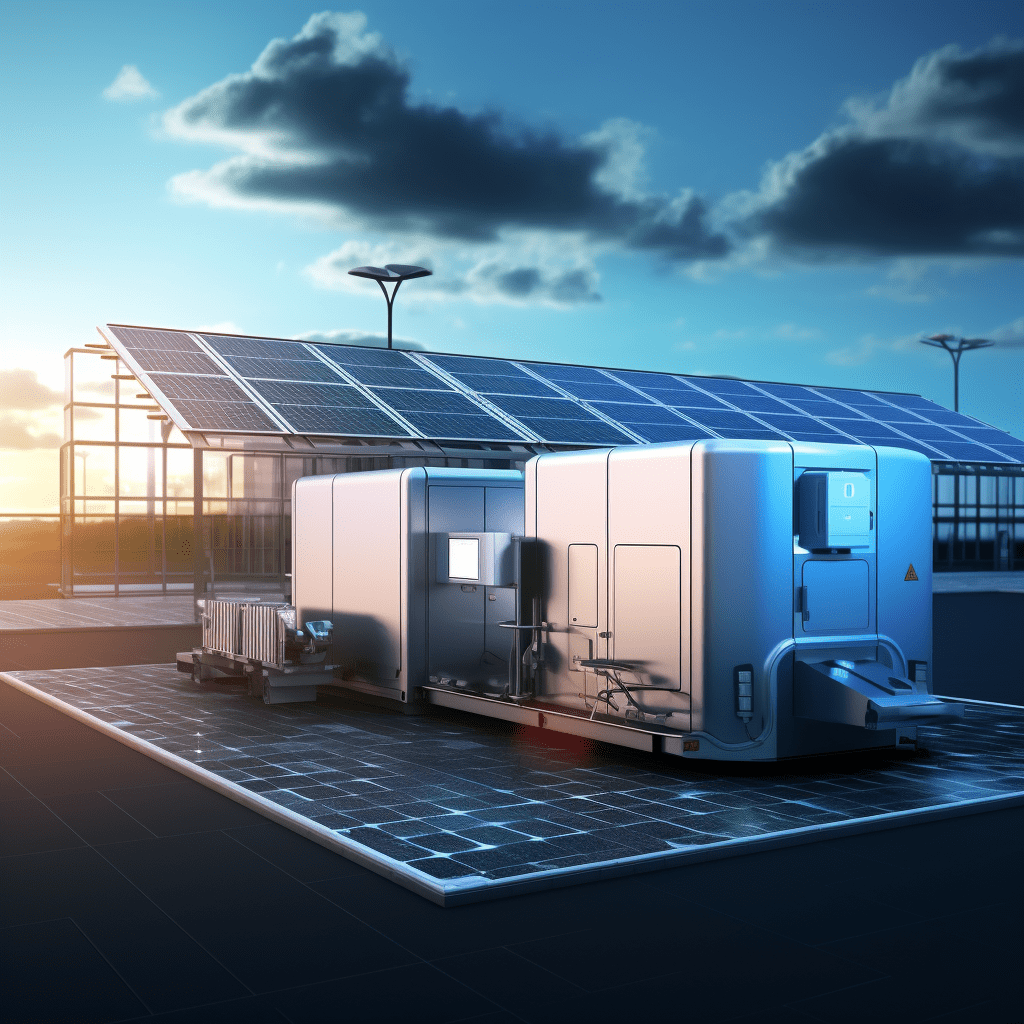In the realm of solar energy, the elevation angle plays a pivotal role in optimizing the performance and efficiency of photovoltaic (PV) systems. This key parameter refers to the vertical height of the sun above the horizontal plane at any given time. By grasping the significance of the elevation angle, industry practitioners can enhance the design and functionality of solar installations, ensuring they capture the maximum amount of sunlight throughout the day and year.
The Importance of Elevation Angle in Solar Energy Systems
The elevation angle profoundly influences several aspects of solar energy systems. Understanding its dynamics allows for better system design, including panel orientation, tilt adjustments, and overall efficiency. The primary reason behind this is the relationship between the sun’s position and the solar panel’s surface, which directly impacts the amount of sunlight that can be harnessed.
1. Impact on Solar Panel Orientation
The orientation of solar panels is crucial for maximizing solar gain. The elevation angle dictates the optimal tilt and alignment of panels to ensure they face the sun directly for most of the day. Panels that are correctly oriented according to the elevation angle will have improved energy output and performance.
2. Seasonal Adjustments and Performance
Solar panels should not be fixed in a single position throughout the year. The sun’s elevation angle changes with the seasons, affecting the amount of solar radiation received. For instance, during summer, the sun is higher in the sky, which requires panels to be angled differently compared to winter when the sun’s path is lower. By adjusting the tilt of solar panels according to seasonal changes in the elevation angle, practitioners can optimize energy collection and system efficiency.
3. Enhancing Solar Efficiency
Correctly calculating and applying the elevation angle can lead to significant improvements in solar efficiency. By utilizing tools and technologies to track and adjust for the sun’s position, such as solar trackers or automated tilt systems, solar panels can be kept at an optimal angle, ensuring they capture the most sunlight possible. This approach helps in achieving higher energy yields and better performance throughout the year.
How to Calculate Elevation Angle
Calculating the elevation angle involves understanding the sun’s position relative to a specific location and time. The following steps outline the general method for determining the elevation angle:
1. Understand Latitude and Longitude
The elevation angle is influenced by the geographical location of the solar installation. Latitude and longitude coordinates help determine the sun’s position in the sky. By knowing these coordinates, one can use solar position algorithms to calculate the sun’s elevation angle at any given time.
2. Utilize Solar Position Calculators
Several online tools and software can calculate the solar elevation angle based on date, time, and location. These calculators use astronomical formulas and ephemeris data to provide accurate results. It is advisable for practitioners to use these tools to ensure precise calculations.
3. Implement Solar Tracking Systems
Advanced solar tracking systems automatically adjust the orientation and tilt of solar panels based on real-time calculations of the sun’s elevation angle. These systems enhance the accuracy of solar energy capture and ensure that panels remain optimally positioned throughout the day.
Applications of Elevation Angle in Solar Projects
1. Fixed Tilt Systems
For solar installations with fixed tilt systems, the elevation angle is used to determine the most effective angle for panel installation. This static approach is often employed in residential and small-scale commercial projects where the system is designed to maximize solar gain during peak sunlight hours.
2. Dynamic Tilt Systems
In larger, more sophisticated solar projects, dynamic tilt systems are used to adjust the panel angles automatically based on the sun’s elevation angle. These systems are beneficial for maximizing solar energy capture throughout the day and year, leading to increased overall system efficiency.
3. Solar Farms and Large-Scale Installations
For large-scale solar farms, understanding and applying the elevation angle is crucial for optimizing solar field layout and panel arrangement. This involves designing the solar array to account for both seasonal variations and daily changes in the sun’s position, ensuring that the entire installation operates at peak efficiency.
Optimizing Solar Panel Performance Using Elevation Angle
1. Seasonal Tilt Adjustments
Adjusting the tilt of solar panels based on seasonal changes in the elevation angle can lead to substantial gains in energy production. By setting the tilt to align with the sun’s path during different seasons, solar panels can capture more sunlight and improve their overall efficiency.
2. Daily Angle Adjustments
In locations with significant daily variation in the sun’s elevation angle, real-time adjustments to panel orientation can enhance energy capture. Solar trackers that adjust panel angles throughout the day ensure that the panels remain perpendicular to the sun’s rays, optimizing daily solar exposure.
3. Site-Specific Considerations
Every solar project has unique site-specific factors, such as geographical location, shading, and local weather conditions. Understanding how the elevation angle interacts with these factors allows practitioners to make informed decisions about panel placement and system design.
Conclusion
Mastering the concept of elevation angle is essential for anyone involved in the solar energy industry. By understanding how this parameter influences solar panel orientation, seasonal adjustments, and system efficiency, practitioners can significantly enhance the performance of solar energy systems. Leveraging tools, technologies, and precise calculations, we can optimize solar installations for maximum energy capture and sustainability. Embracing the full potential of the elevation angle not only leads to more efficient energy production but also contributes to the broader goals of renewable energy and environmental stewardship.




